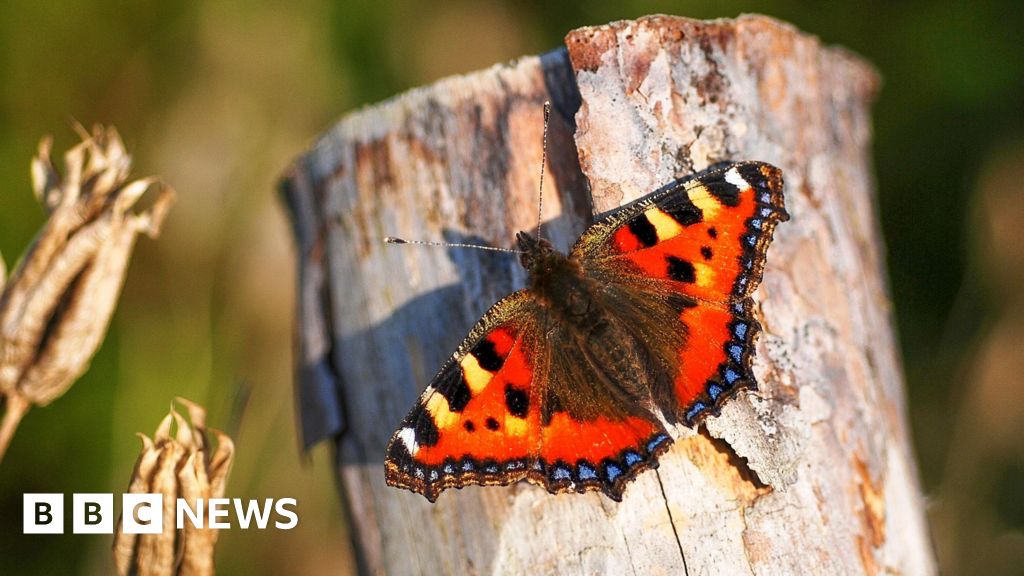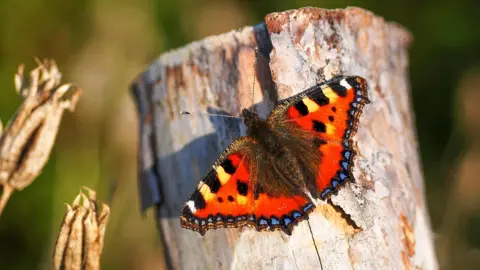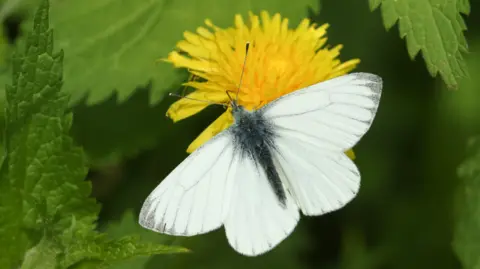
More than half of UK’s butterfly species in long-term decline
- Science
- April 2, 2025
- No Comment
- 13
BBC News
 Gilles San Martin
Gilles San MartinMore than half of the UK’s butterfly species have populations in long-term decline, a survey has found.
The UK Butterfly Monitoring Scheme said that 31 of 59 species have had their numbers fall since 1976, when monitoring began.
It also found that 2024 was the fifth-worst year for butterfly numbers across the country, with all but eight species suffering declines on the previous year – though populations can fluctuate year-on-year in response to the weather.
Dr Richard Fox, head of science at Butterfly Conservation, which conducted the study, said the long-term decline was “entirely down to the way we humans manage the landscape”.
While many butterfly species showed population declines last year, nine suffered their worst year on record – with the grizzled skipper, cryptic wood white and chalk hill blue seeing sharp drops compared to the previous year.
But 22 species were found to have suffered significant losses since monitoring began.
Among them was the small tortoiseshell butterfly, numbers of which plummeted by 86% in the past 49 years, while the green-veined white butterfly saw a 28% decline.
Common butterflies that live in gardens, parks and the countryside had their second-worst year in 2024. Only six species showed increases in their numbers since 2023.
Dr Fox said the falling butterfly numbers were due to “destruction of wildlife-rich habitats” by humans, as well as the use of pesticides and other pollutants.
 Getty Images
Getty ImagesButterflies serve as an important indicator of the environment for humans, he added.
“When butterflies are in decline, we know that there are big problems with our environment,” Dr Fox told BBC Radio 4’s Today programme.
Butterfly populations fluctuate annually in response to the weather. The study said that 2024’s low numbers were partly due to a wet spring followed by a relatively cool summer.
But Dr Fox noted that climate change meant unusual weather was becoming more frequent.
“When we have poor weather, these already-depleted butterfly populations are highly vulnerable and can’t bounce back like they once did,” he said.
Dr Fox said the change was reversible and urged people to let their gardens grow wild and their grass long during the summer – as this increased the number and variety of butterflies.
The scheme asked volunteers to count butterflies across 3,552 sites in the UK.
#UKs #butterfly #species #longterm #decline










